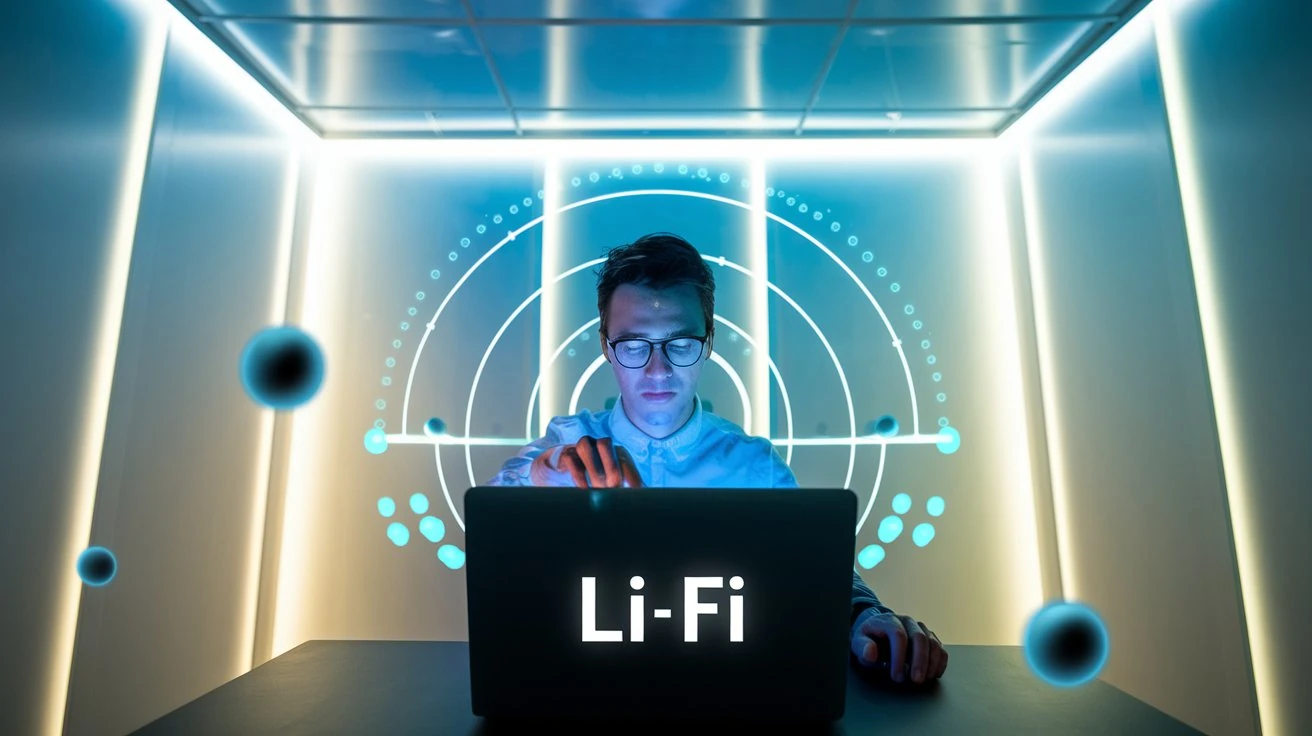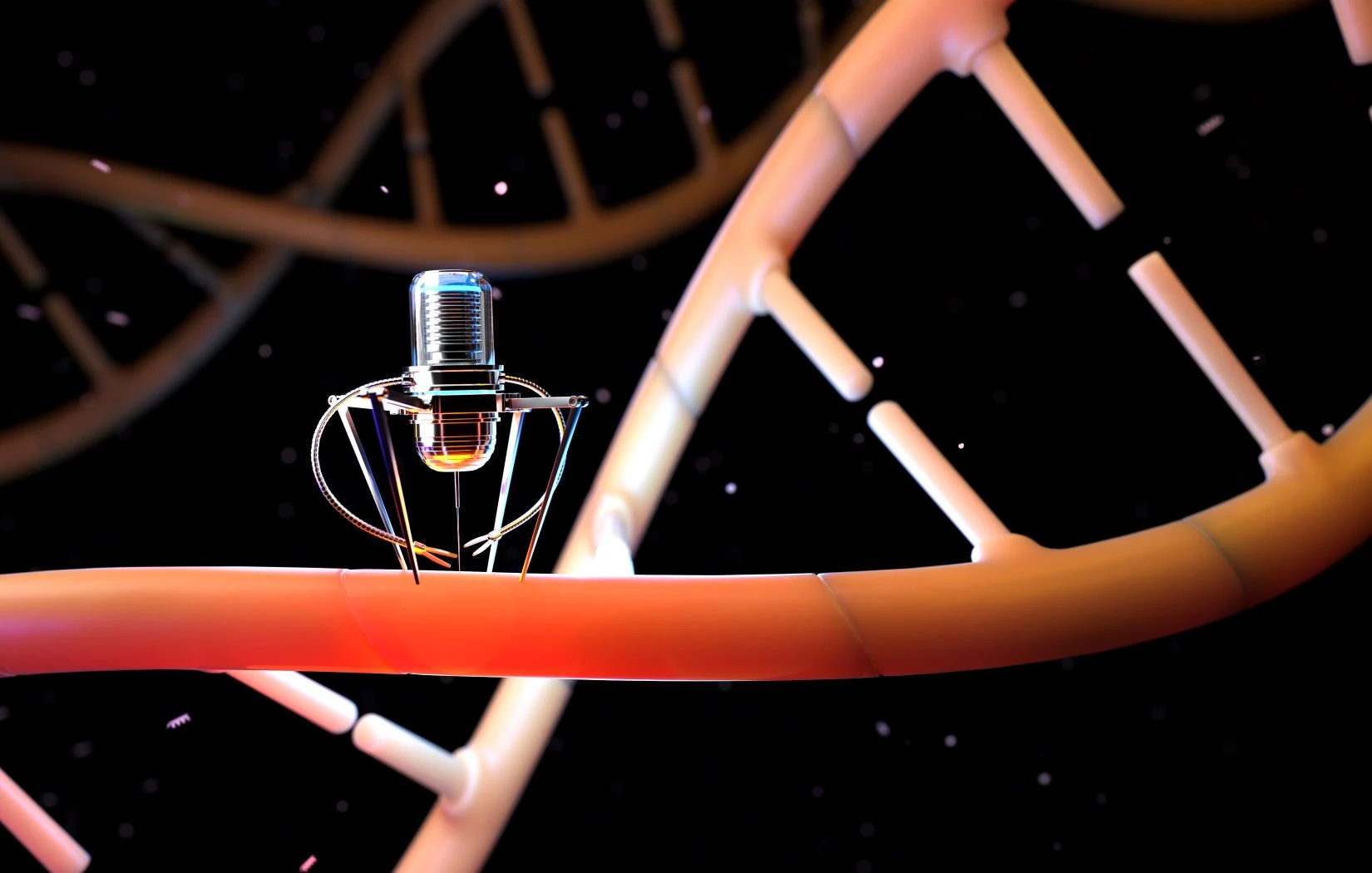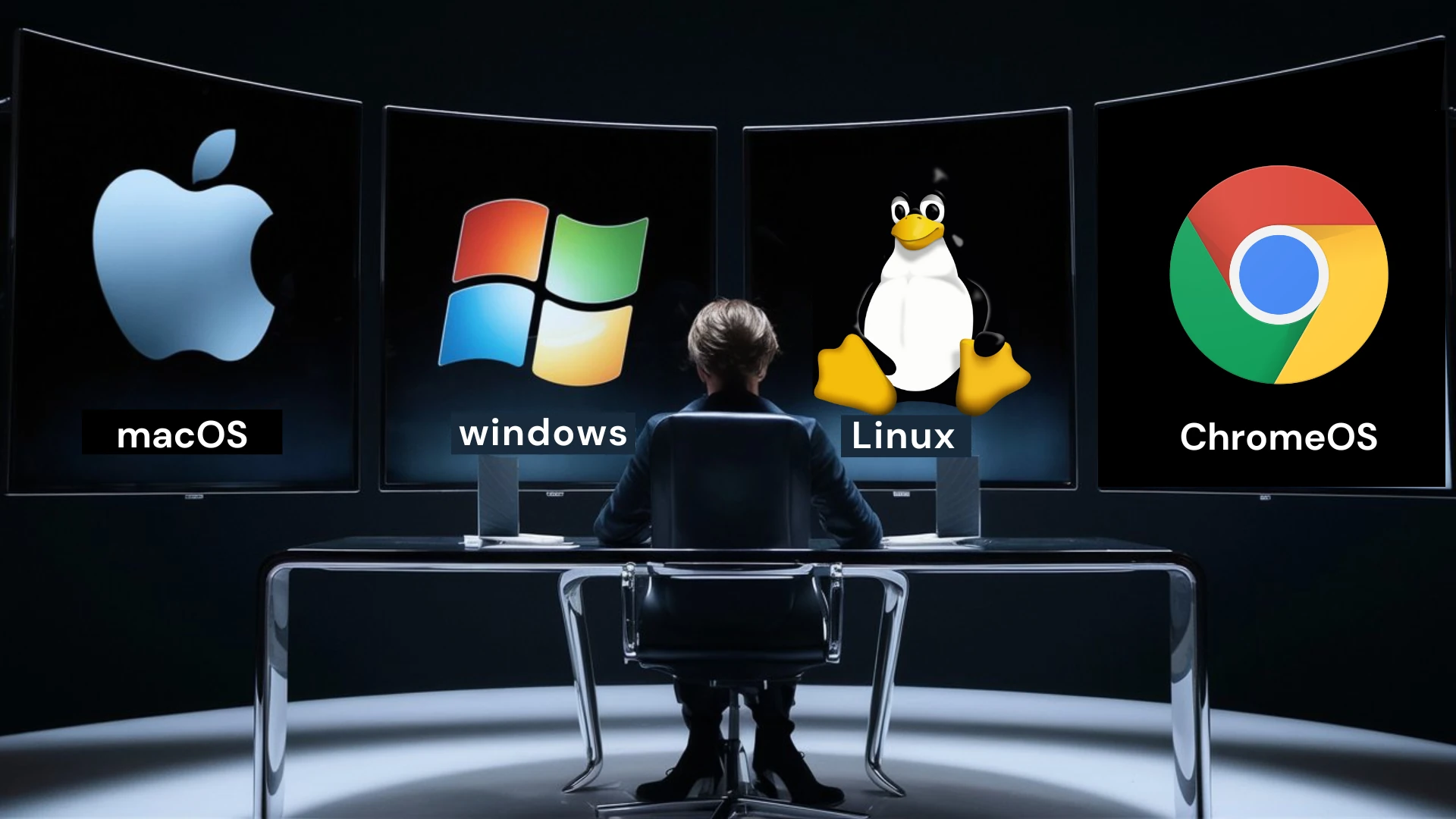What is Li-Fi? It’s a question many people are starting to ask as this groundbreaking technology emerges. Imagine a world where your light bulb not only illuminates your room but also provides you with blazing-fast, ultra-secure internet access. That’s the promise of Li-Fi, short for “Light Fidelity.”
Remember dial-up? That agonizing wait for a webpage to load, the screech of the modem connecting… Thankfully, those days are long gone, thanks to Wi-Fi. While you can certainly improve your current Wi-Fi experience, what if I told you there’s a new technology on the horizon that could make even the best Wi-Fi seem like a relic of the past?
Li-Fi technology uses the visible light spectrum from LED bulbs to send and receive information instead of radio waves like Wi-Fi. It’s a wireless communication technology that could revolutionize how we connect to the internet.
Sound like something out of Star Trek? It might, but Li-Fi is very real and has the potential to revolutionize how we connect to the internet. Intrigued? Read on to learn more about this groundbreaking technology.
Shining a Light on How Li-Fi Technology Works
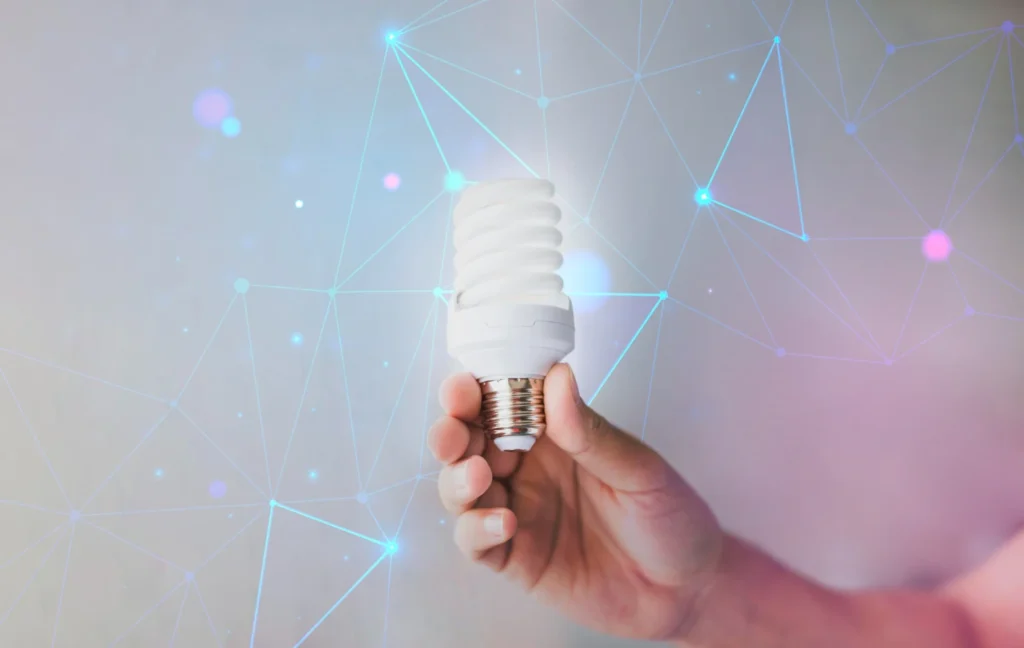
So, how does this futuristic-sounding technology actually work? The concept is surprisingly simple. Imagine a light bulb that can flicker on and off millions of times per second. You wouldn’t notice this flickering with your naked eye, but a Li-Fi receiver can.
Here’s the breakdown:
- Data Transmission: Information is encoded into these rapid light pulses from an LED light bulb. It’s like an incredibly fast Morse code, using light instead of sound.
- Light Reception: A special receiver on your device (like a laptop or smartphone) detects these flickering patterns and decodes them back into data.
- Internet Access: This data is then translated into the websites, videos, and emails you enjoy every day.
Think of it like this: your light bulb becomes a miniature lighthouse, beaming information to your devices instead of ships. Pretty cool, right?
But there’s more to Li-Fi than just flickering lights. It offers a range of advantages over traditional Wi-Fi that could significantly impact how we use the internet.
Why Li-Fi Might Just Outshine Wi-Fi
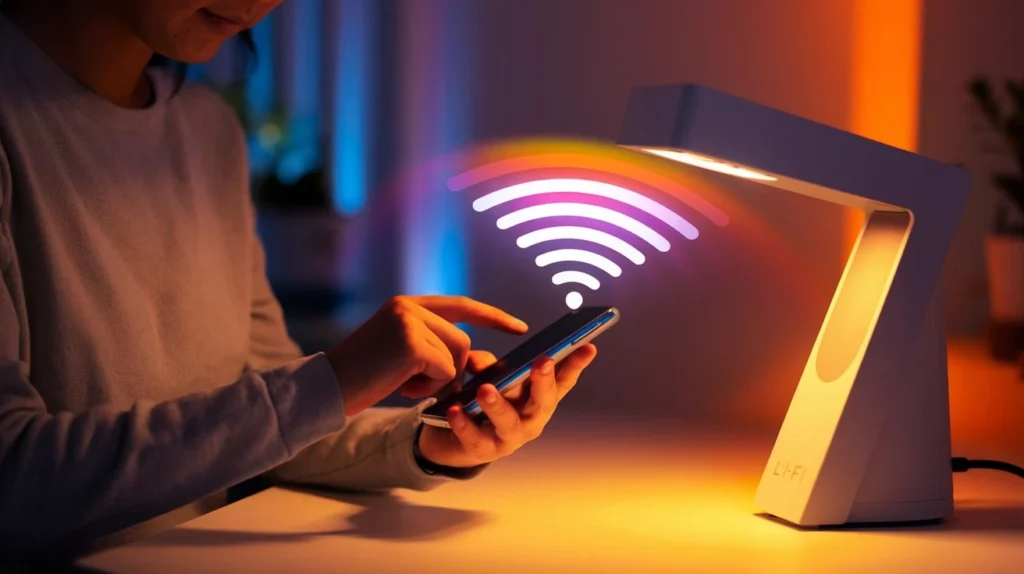
Li-Fi isn’t just a cool concept; it offers some serious perks over our trusty Wi-Fi. Here’s why it might just be the future of wireless internet:
- Speed Demon: Li-Fi can deliver data at mind-boggling speeds, potentially 100 times faster than Wi-Fi. Imagine downloading a whole movie in seconds! This speed opens up exciting possibilities for bandwidth-intensive applications like virtual reality and augmented reality.
- Fort Knox Security: Because light can’t penetrate walls, Li-Fi signals are contained within a room. This makes it much more secure than Wi-Fi, which can be easily intercepted. Say goodbye to pesky hackers and data breaches!
- No More Crowded Airwaves: With Li-Fi technology, there’s no interference from other radio signals. This means a more stable and reliable connection, even in crowded areas with multiple devices. No more buffering in the middle of your favorite show!
- Energy Efficiency: Li-Fi technology uses LED lights, which are incredibly energy-efficient. This could lead to significant cost savings and a reduced environmental footprint.
Of course, no technology is perfect, and Li-Fi has its limitations. But its potential advantages are hard to ignore. It could transform how we connect to the internet, making our online experiences faster, safer, and more reliable.
Li-Fi’s Shadows: Where the Light Can’t Reach (Yet)

Image by rawpixel.com on Freepik
While Li-Fi offers incredible potential, it’s still a relatively young technology with some hurdles to overcome:
- Line of Sight: Li-Fi technology requires a direct line of sight between the light source and the receiver. This means obstacles like walls or furniture can disrupt the connection. You can’t just wander around your house like you can with Wi-Fi.
- Limited Range: The range of Li-Fi is currently limited to about 10 meters. This means you might need multiple Li-Fi enabled lights to cover a larger area like a whole house or office.
- Interference from Sunlight: Strong sunlight can interfere with Li-Fi signals, potentially disrupting the connection. This might make it less reliable for outdoor use or in brightly lit rooms.
- Device Compatibility: Currently, not many devices come equipped with built-in Li-Fi receivers. You’ll likely need to purchase a separate dongle or adapter to make your devices Li-Fi compatible.
It’s important to note that researchers are actively working to overcome these limitations. New advancements are constantly being made to improve Li-Fi’s range, stability, and compatibility.
What is Li-Fi Used For? Real-World Applications

Li-Fi technology is already being tested and implemented in various settings around the world. Here are a few examples of Li-Fi in action:
Hospitals: In hospitals where Wi-Fi can interfere with sensitive medical equipment, Li-Fi offers a safe and reliable alternative for internet access and data transfer. Imagine surgeons accessing real-time patient data during surgery without any risk of electromagnetic interference! Li-Fi is being actively tested in hospitals, with promising results for improving patient care and safety.
Airplane Cabins: While Wi-Fi has become commonplace on airplanes, its radio waves can potentially interfere with sensitive navigation and communication equipment. This is why airlines have strict regulations about Wi-Fi usage during certain phases of flight. However, Li-Fi technology eliminates this risk by using light waves instead of radio waves. This makes it a particularly attractive option for airlines looking to provide reliable and safe in-flight internet access without compromising safety.
Underwater Communication: Since light can travel through water, Li-Fi is being explored for underwater communication, potentially revolutionizing how divers and submarines stay connected. This could lead to safer underwater exploration and more efficient data collection in marine research. Researchers are currently conducting trials to demonstrate the feasibility and reliability of Li-Fi for underwater applications.
Smart Transportation: Li-Fi can be used in traffic management systems to improve road safety and efficiency. Imagine cars equipped with Li-Fi communicating with each other and with traffic lights to prevent accidents and optimize traffic flow. While still largely in the experimental stage, Li-Fi technology has the potential to transform our roads and make driving safer and more efficient.
High-Security Areas: Since Li-Fi signals are confined to a specific area due to the nature of light, it’s incredibly difficult for unauthorized users to intercept data. This makes it ideal for government facilities, military bases, or financial institutions where data security is paramount.
Dense Environments: In crowded spaces with numerous devices competing for bandwidth, Li-Fi technology offers a significant advantage. It doesn’t suffer from radio frequency interference, ensuring a stable and reliable connection even in densely populated areas like stadiums, concert halls, or conference centers.
These are just a few examples of how Li-Fi technology is being used and explored. As the technology continues to develop, we can expect to see even more innovative applications emerge in areas where traditional wireless solutions fall short.
The Future is Bright (Literally!)

Li-Fi, the technology that turns your light bulbs into internet hotspots, is poised to revolutionize how we connect to the digital world. With its super-fast speeds, enhanced security, and unique applications in various fields, Li-Fi offers a compelling alternative to traditional wireless technologies.
While still in its early stages of development, Li-Fi technology is rapidly advancing. Researchers are actively working to overcome its current limitations, such as its dependence on line-of-sight and limited range. As these challenges are addressed, we can expect to see Li-Fi become more prevalent in our homes, workplaces, and public spaces.
FAQs
Is Li-Fi faster than Wi-Fi?
Yes, Li-Fi has the potential to be significantly faster than Wi-Fi. In laboratory settings, speeds of up to 224 Gbps have been achieved, which is over 100 times faster than typical Wi-Fi speeds. However, real-world speeds may vary depending on factors like the distance from the light source and the number of users on the network.
Is Li-Fi secure?
Li-Fi technology is inherently more secure than Wi-Fi. Because light cannot penetrate walls, Li-Fi signals are contained within a room, making it much harder for unauthorized users to intercept data. This makes Li-Fi technology a promising solution for environments where data security is crucial, such as hospitals, government facilities, and financial institutions.
Does Li-Fi work through walls?
No, Li-Fi requires a direct line of sight between the light source and the receiver. Walls and other obstacles will block the light signals, disrupting the connection. This is a key difference from Wi-Fi, which can penetrate walls.
Can I use Li-Fi outdoors?
Li-Fi can be used outdoors, but strong sunlight can interfere with the signal. Researchers are working on solutions to overcome this challenge and make Li-Fi more reliable in outdoor environments.
Will Li-Fi replace Wi-Fi?
It’s unlikely that Li-Fi will completely replace Wi-Fi in the near future. Both technologies have their strengths and weaknesses. Li-Fi technology excels in security, speed, and efficiency, while Wi-Fi technology offers greater range and mobility. It’s more likely that both technologies will coexist, complementing each other in different applications.
What are the disadvantages of Li-Fi?
While Li-Fi technology offers many advantages, it also has some limitations. These include the need for line-of-sight, limited range, potential interference from sunlight, and the need for Li-Fi enabled devices and infrastructure.

